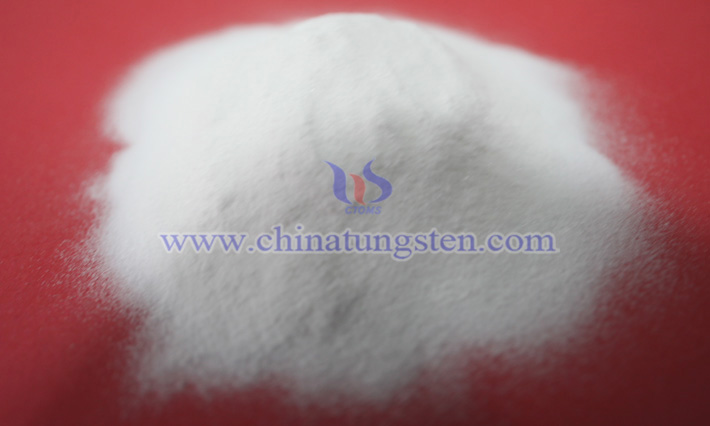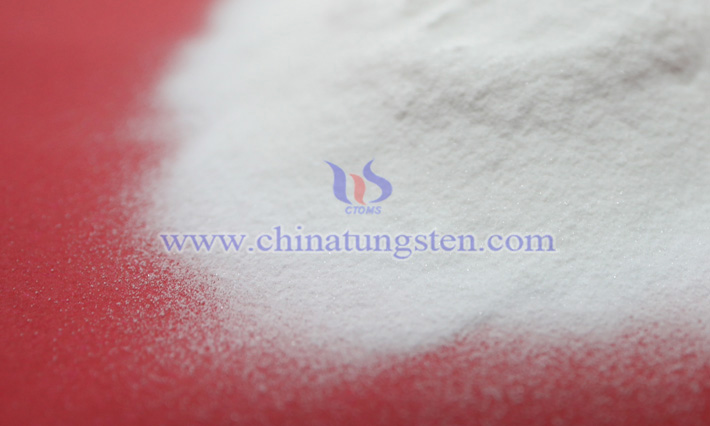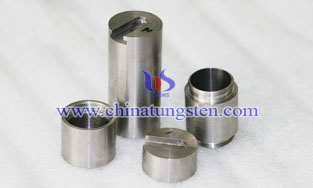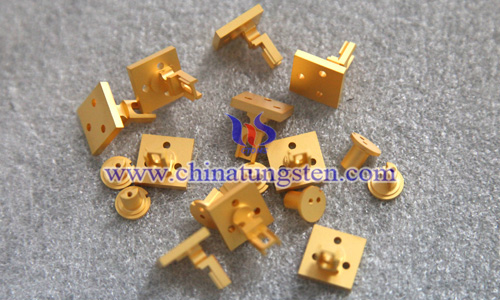Application of Ammonium Metatungstate in Catalyst Field
- Details
- Category: Tungsten Information
- Published on Thursday, 10 April 2025 18:30
- Hits: 155
Ammonium metatungstate (AMT), a transition metal compound, is widely utilized in the catalyst field. Whether in catalytic cracking, hydrorefining, olefin epoxidation, or alcohol oxidative dehydrogenation, its unique structure and high activity have driven significant technological advancements, facilitating the efficient production of clean fuels and fine chemical products.

I. Petrochemical Field
Catalytic Cracking Reaction: In the oil refining process of the petrochemical industry, catalytic cracking is a critical step for enhancing the value of heavy oil, and AMT-based catalysts play an indispensable role. Heavy oil molecules, characterized by their complex structures and long carbon chains, are less efficient for direct use and struggle to meet market demands. AMT catalysts, prepared through specialized processes and leveraging their distinctive Keggin structure, offer abundant active sites. Under suitable temperature and pressure conditions, these catalysts significantly lower the activation energy required for cracking heavy oil molecules. This enables the efficient breakdown of heavy oil into shorter-chain, lightweight oil molecules such as gasoline, diesel, and liquefied petroleum gas—high-value products. This process not only substantially increases the yield of lightweight oils to meet the robust demand for clean fuels but also enhances product quality, delivering superior combustion performance and chemical stability. Furthermore, the efficiency and stability of AMT-based catalysts reduce byproduct formation, improving the overall economic efficiency of refineries and advancing petroleum processing toward greener, more efficient practices.
Hydrorefining Process: In high-pressure reaction environments involving hydrogen, AMT-based catalysts effectively activate hydrogen molecules, facilitating chemical reactions between hydrogen and sulfur-containing compounds (e.g., thiols, sulfides) or nitrogen-containing compounds (e.g., amines) in oil products. For instance, sulfur compounds are converted into easily separable hydrogen sulfide gas under the catalyst’s action, removing sulfur from the oil; nitrogen compounds are transformed into ammonia gas that escapes. Through this refining process, impurity levels in oil products are significantly reduced, with sulfur content dropping to ppm levels, meeting ultra-low sulfur fuel standards. This not only cuts sulfur dioxide and nitrogen oxide emissions during combustion, improving air quality, but also enhances the stability and storage performance of the oil. With their high activity, temperature resistance, and poison resistance, AMT-based catalysts are a preferred choice in hydrorefining, providing robust technical support for producing clean, high-quality, environmentally friendly oil products.

II. Organic Synthesis Field
Olefin Epoxidation Reaction: In the fine chemical industry, olefin epoxidation is a key route for synthesizing epoxides, and AMT-based catalysts demonstrate exceptional performance in this process. Take the epoxidation of propylene to produce propylene oxide as an example, typically using hydrogen peroxide as the oxidant. Under the action of AMT catalysts, hydrogen peroxide molecules are efficiently activated, allowing the selective transfer of an oxygen atom to the carbon-carbon double bond of propylene to form an epoxy bond, yielding propylene oxide. This process boasts extremely high selectivity, effectively suppressing side reactions (e.g., overoxidation or ring-opening), thereby significantly improving the yield and purity of the target product.
Alcohol Oxidative Dehydrogenation Reaction: In the organic synthesis of converting alcohols into aldehydes or ketones, AMT-based catalysts exhibit outstanding catalytic activity. For instance, in the oxidative dehydrogenation of ethanol to produce acetaldehyde, the catalyst efficiently promotes the removal of hydrogen atoms from ethanol molecules under suitable temperature and atmospheric conditions, generating acetaldehyde. During this reaction, AMT catalysts accelerate the dehydrogenation step through their surface active sites, markedly increasing the reaction rate while reducing the energy input required. Compared to traditional oxidants (e.g., dichromates), this catalytic approach is more environmentally friendly, avoiding the generation of harmful byproducts. Additionally, the high stability of the catalyst allows it to maintain activity over prolonged continuous reactions, reducing the need for frequent replacement and further boosting production efficiency.
- Chinatungsten Online: ammonium-metatungstate.com
- CTIA GROUP LTD: en.ctia.group
- Tungsten News & Price: www.ctia.com.cn
- Molybdenum News & Price: news.molybdenum.com.cn
- Tel.: 86 592 5129696; Email: sales@chinatungsten.com








 sales@chinatungsten.com
sales@chinatungsten.com